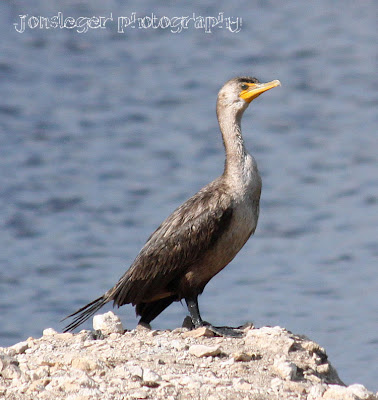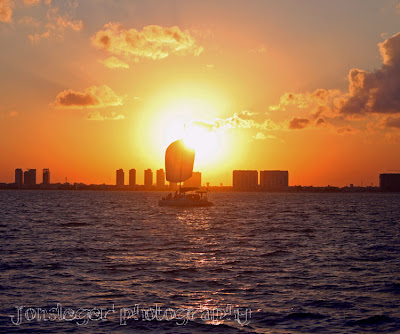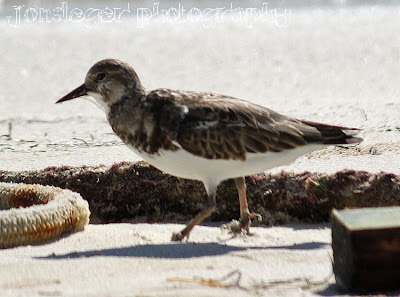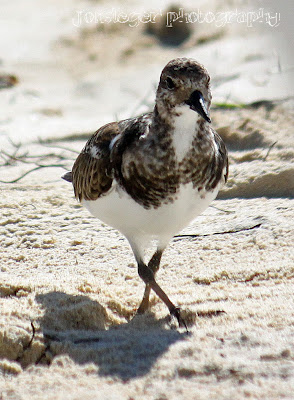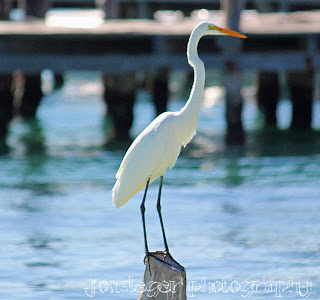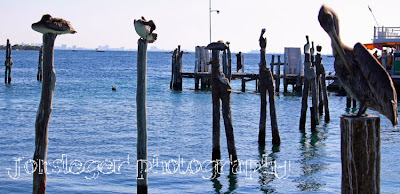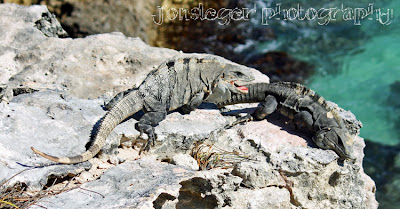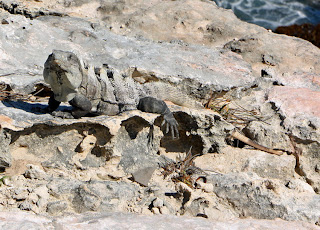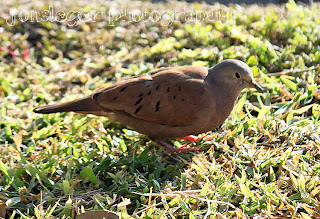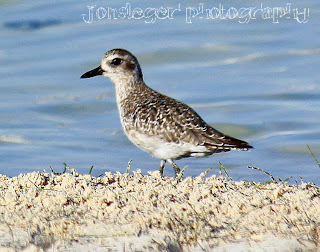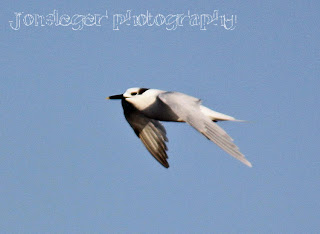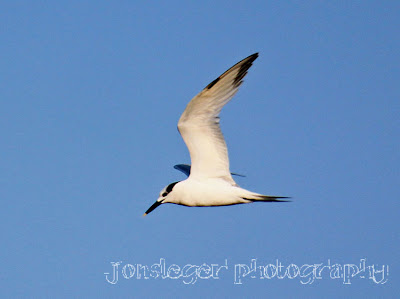 |
| This is probably the best of my photos of the Snowy Owl as it flew in an arc about 50 yards away, Ogle County, IL; 1/29/11. |
"I'm so glad; I'm so glad; I'm glad; I'm glad; I'm glad!" These words were appropriately blaring on the radio from WNIJ's "Weekend Blues" program by the old 60's-70's rock band, Cream (with Eric Clapton), as I was returning from seeing my first Snowy Owl in the wild.
We interrupt our normally scheduled program of "Birds in Mexico" that I have been blogging about for the past few weekends, to bring this news flash. - "A Snowy Owl has been sighted in Ogle County, Illinois" (near the town of Freeport (about 30 miles west of Rockford). It's been there for about a week, but on Saturday, 1/29/11, was the first chance I had to be able to drive out there to see if I could spot it, and I was hoping it would still be around.
Okay, how did this start? I was interested in trying to find some Snow Buntings that are winter residents in Northern Illinois so I looked up on http://birdingonthe.net/mailinglists/IBET.html to see if anyone had reported sightings of Snow Buntings in my area. Well when I received the page of bird reports from Illinois, I saw that a Snowy Owl was reported hanging around an area not too far away from Rockford (where I live). Now I just blogged about Snowy Owls after I visited the Lincoln Park Zoo in Chicago three months ago (see my post from ... http://northernillinoisbirder.blogspot.com/2010/12/snowy-owl.html ),
... and wrote that it is rare to see one below the Wisconsin/Illinois border. So I am excited to learn of this sighting, and after reading a few entries from birders who have been watching this particular Snowy Owl, it is stated that this is the first Snowy Owl sighting in over two years in our area. Cool!
 |
| The same Snowy Owl photo cropped. As you can see the quality is still horrible, Ogle County, IL; 1/29/11. |
The Owl stayed put and motionless for 5-10 minutes, and I was thinking, "I came, I saw, and I left," and was ready to hop back in the car to leave, when suddenly the owl took off flying left (west) and then turned and started flying toward me. I quickly put my focus on automatic and located the flying bird in my viewfinder and using the "burst" mode, I fired off as many pics as I could (At Top of page and Below). The Owl turned around about 50 yards in front of me and flew back to its original location in the corn field.
 |
| As the Snowy Owl turned to fly back to its place in the cornfield, you can see that it has a mouse captured in its talons, Ogle County, IL; 1/29/11. |
One of my friends who I used to teach with at Rockford Auburn High School also was at the site earlier in the day and took a few excellent photos of the Snowy Owl as it was perched atop of a telephone pole along Rt. 72. John has a better lens than I, and the Owl was closer to the side of the road when he took the photo (Below is a link to his wonderful picture of the same Snowy Owl.)...
I never considered myself a hard-core birder - but more of a "birds are interesting and trying to get their photgraph is a challenge" type of birder. However, now that I drove over 104 miles in about 2 hours to get a picture of a blurry white bird, does that put me in the category of a serious birder? I am not sure, but I do know that I agreed with Eric Clapton singing in the car on my way home, "I'm so glad; I'm so glad; I'm glad; I'm glad; I'm glad."







